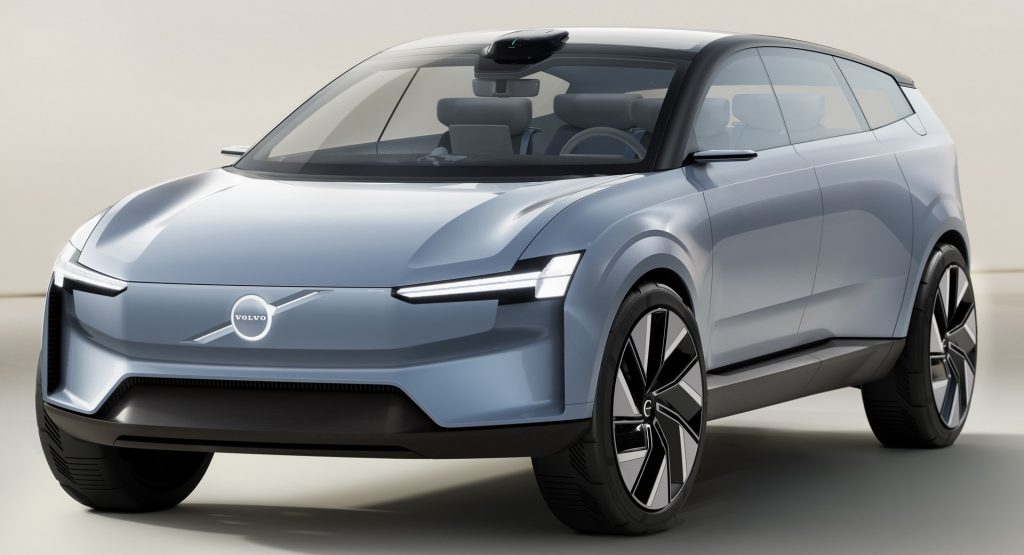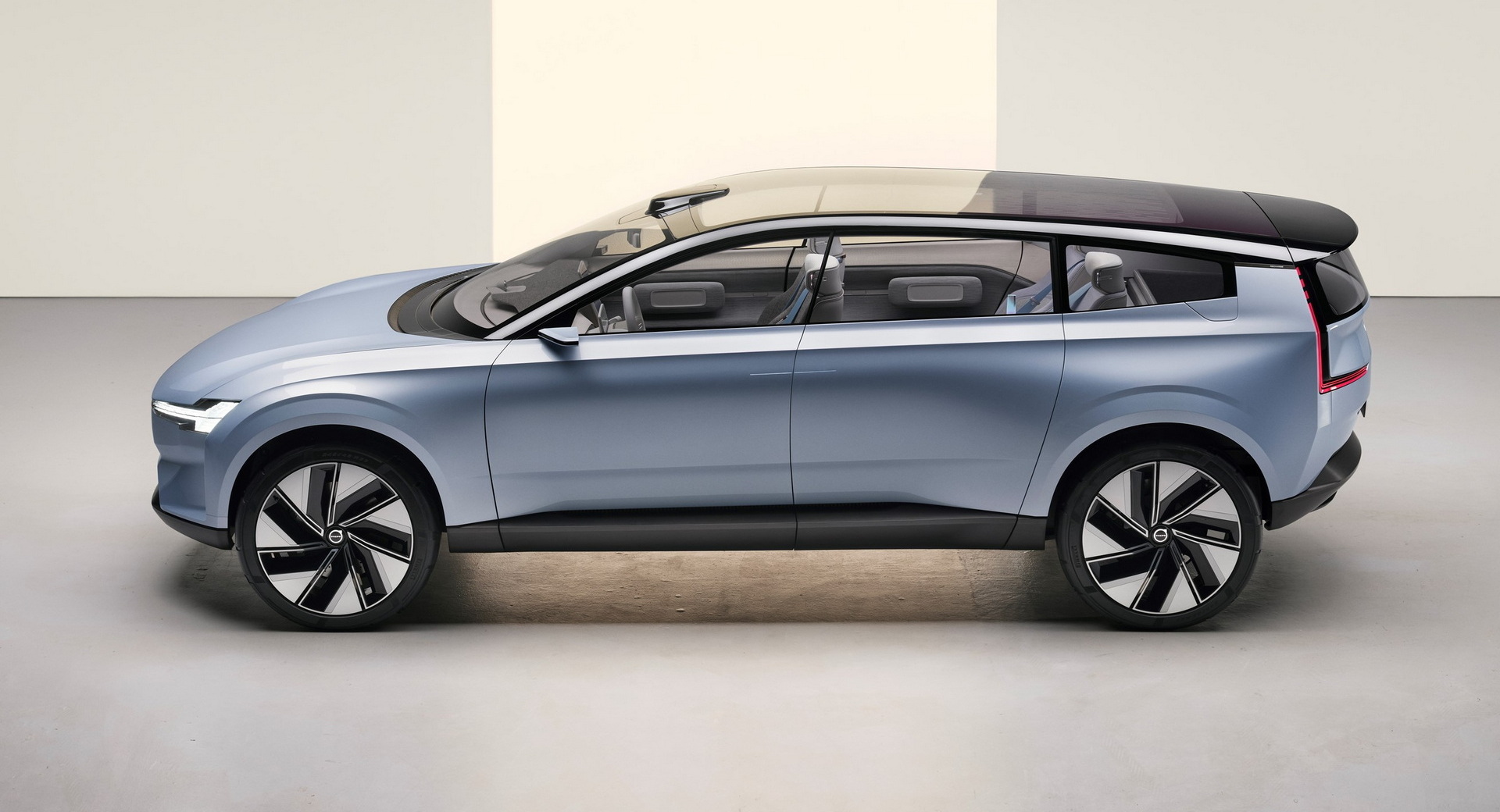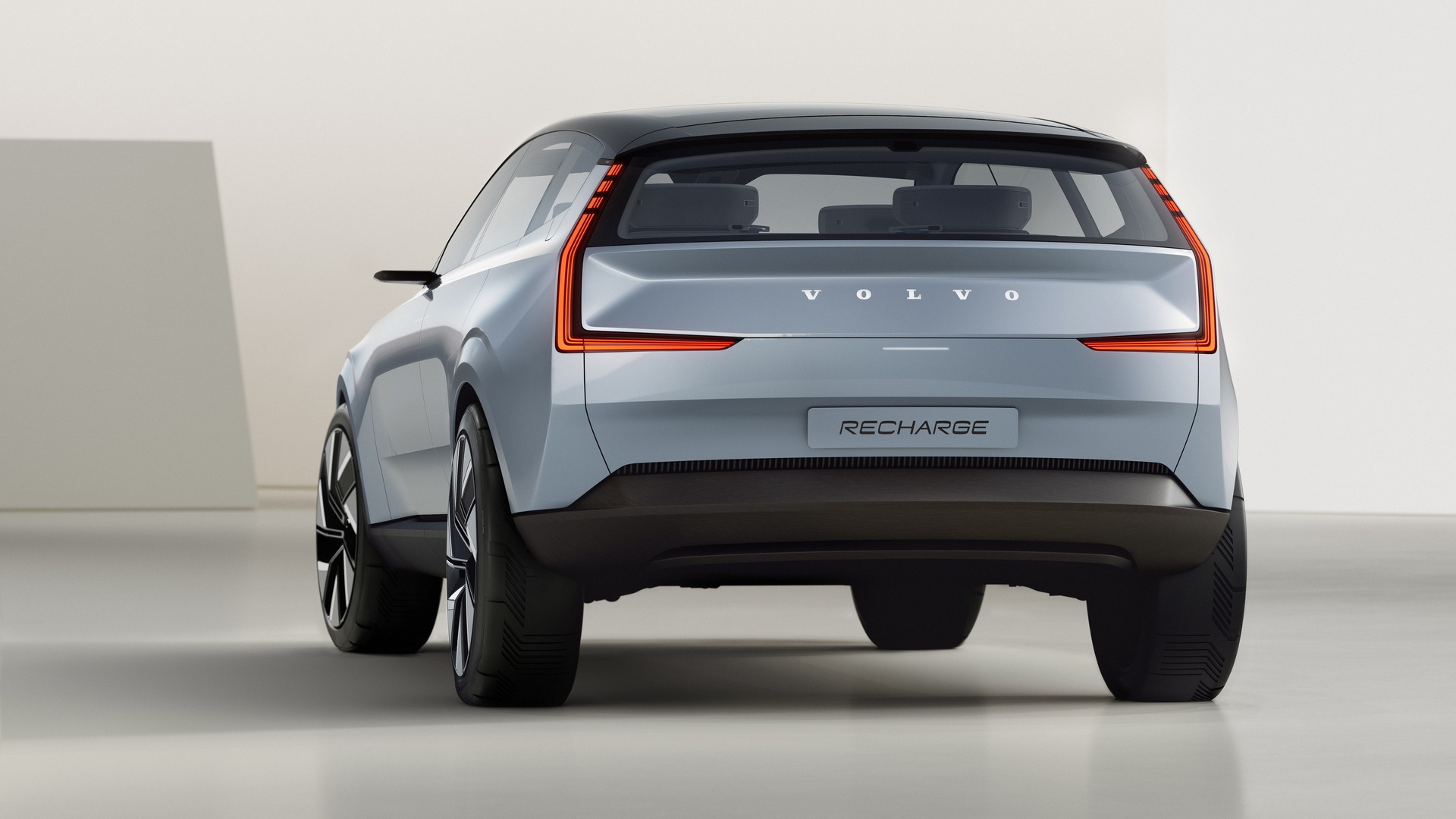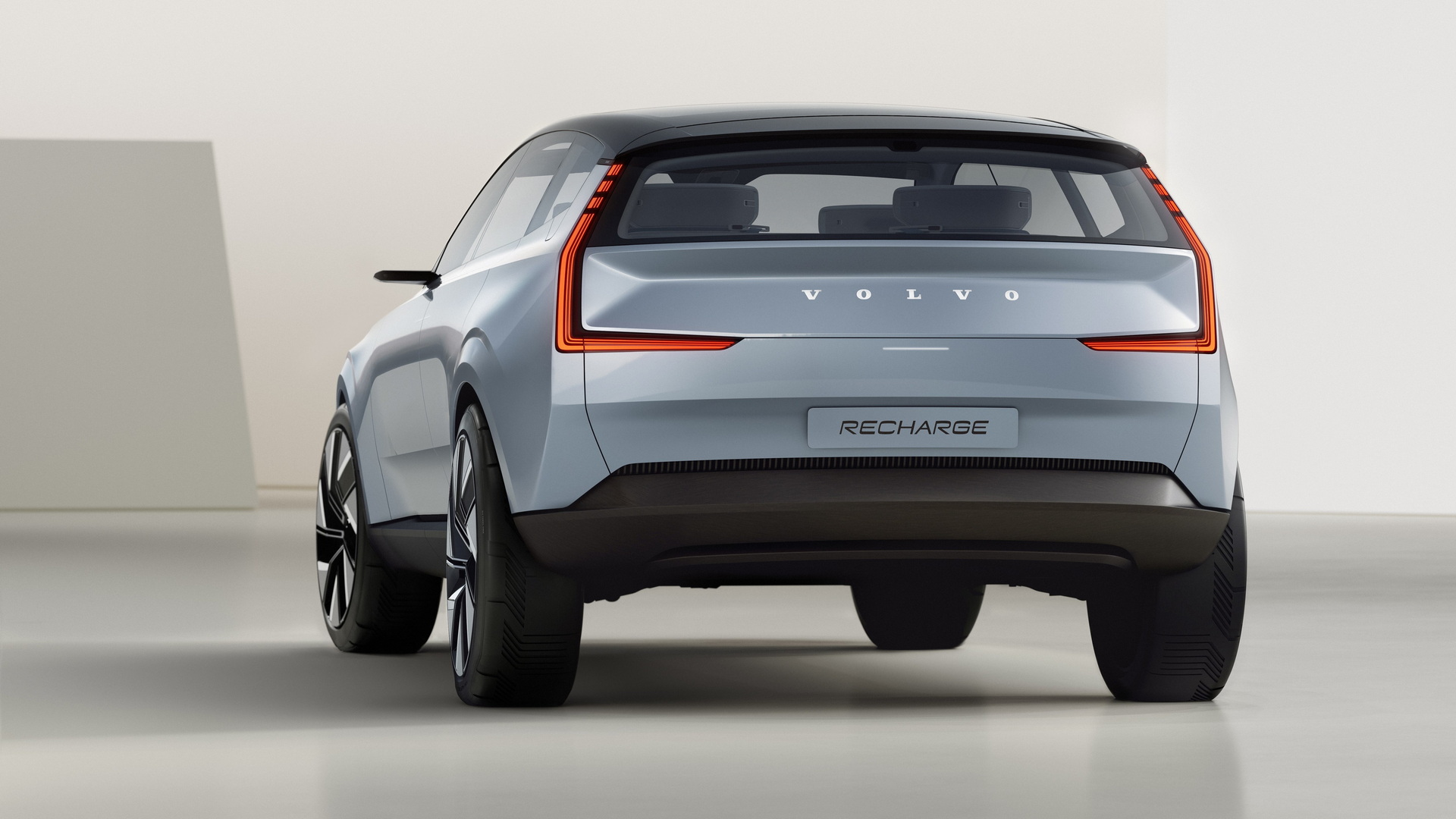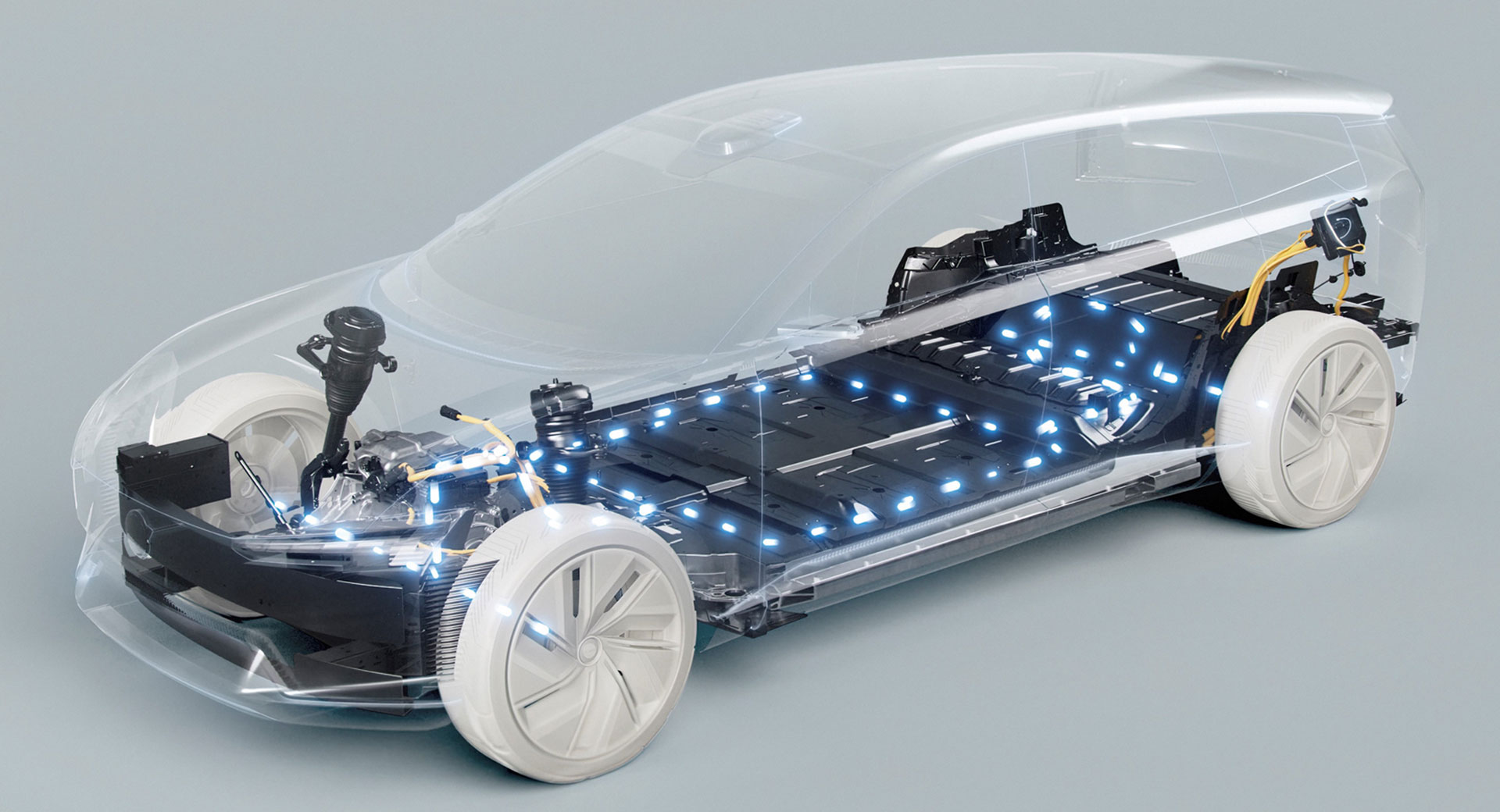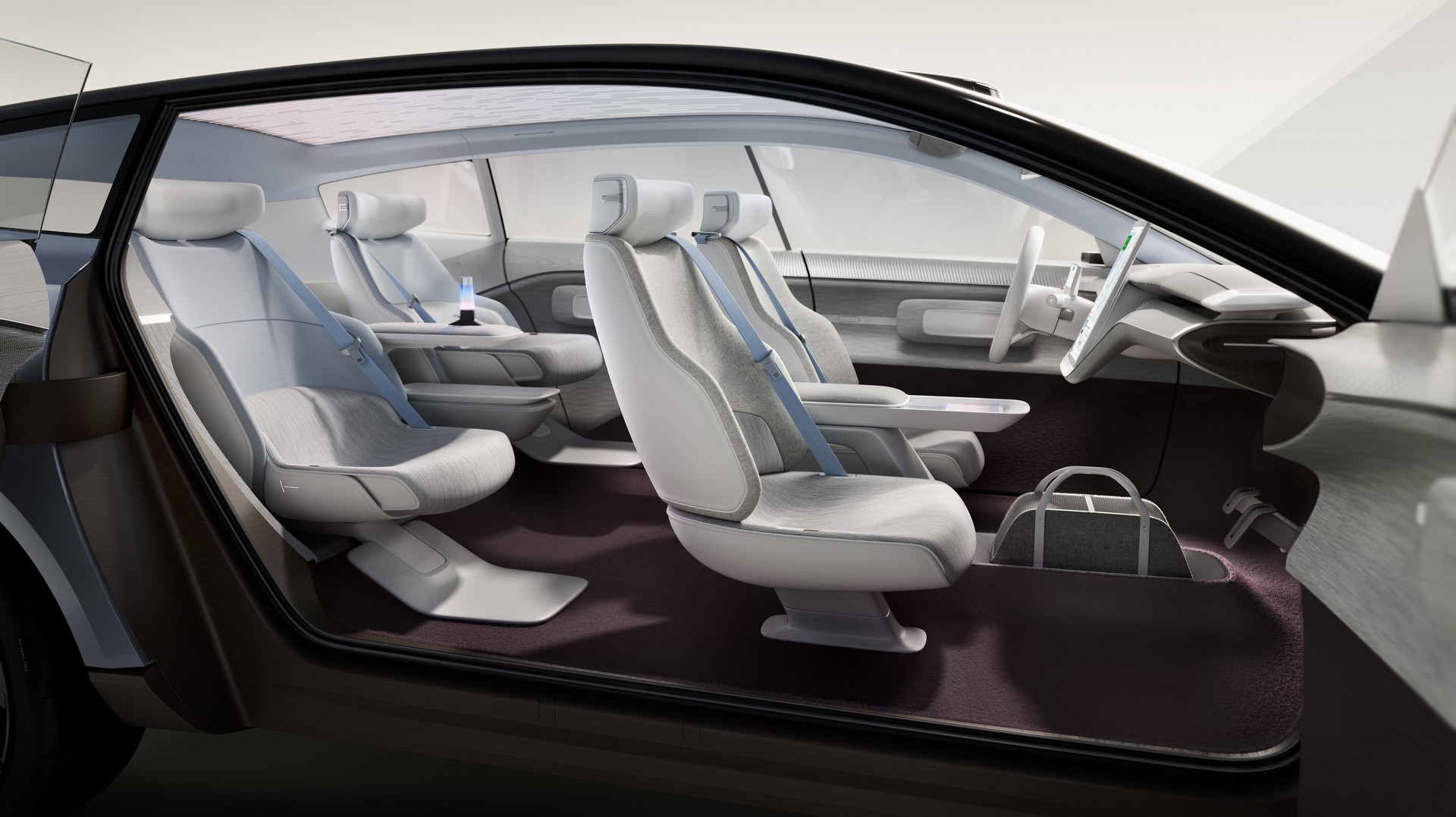Volvo is turning its back on a decades-long tradition of using alphanumeric model codes for its cars and is poised to call its XC90 replacement Embla.
That’s according to an Australian news outlet, Drive, which discovered that Volvo trademarked the name Embla in October 2021. Though Volvo hasn’t confirmed the name, its CEO, Hakan Samuelsson, previously told Automotive News Europe that the new luxury crossover’s name would start with a vowel.
Unlike some automatic names (“Lexus” was famously created from scratch in the 1980s), “Embla” almost certainly hasn’t been picked by Volvo simply because it sounded good. Although now owned by a Chinese parent company, Geely, Volvo is a Swedish brand with Swedish heritage and design philosophies, and in Norse mythology, Embla is the name of the first female.
And although Volvo already sells electric cars, the new crossover will be the company’s first dedicated EV and will open a new chapter for the firm. Volvo has confirmed that it will become an EV-only brand by 2030.
Related: 2023 Volvo XC90 Successor To Blend SUV And Estate Styling Cues
It’s not only the name of the XC90 replacement we’re waiting for confirmation of. We’re also waiting for Volvo to give us a proper look at the finished car, though we can expect it to borrow heavily from 2021’s Concept Recharge. A stylish luxury crossover with a squared-off rear and incredibly small glasshouse, it looks more like a 1970s Lamborghini Espada updated for the 2020s than a new XC90.
It remains to be seen whether the concept’s suicide rear doors and total absence of B pillar will make it to production, but the clean surfacing, minimal detail, and a dashboard dominated but a large portrait touchscreen are almost certain to appear. The U.S. will be a hugely important market for the electric crossover, so it’s no surprise that Volvo is going to build its flagship SUV in South Carolina.
Volvo also announced this month that it will introduce its unsupervised “Ride Pilot” autonomous driving feature in California first. The tech package relies on more than two dozen sensors, including LiDar, radar, and multiple cameras, and is expected to begin testing in the middle of 2022.
H/T Automotive News Europe and Drive




